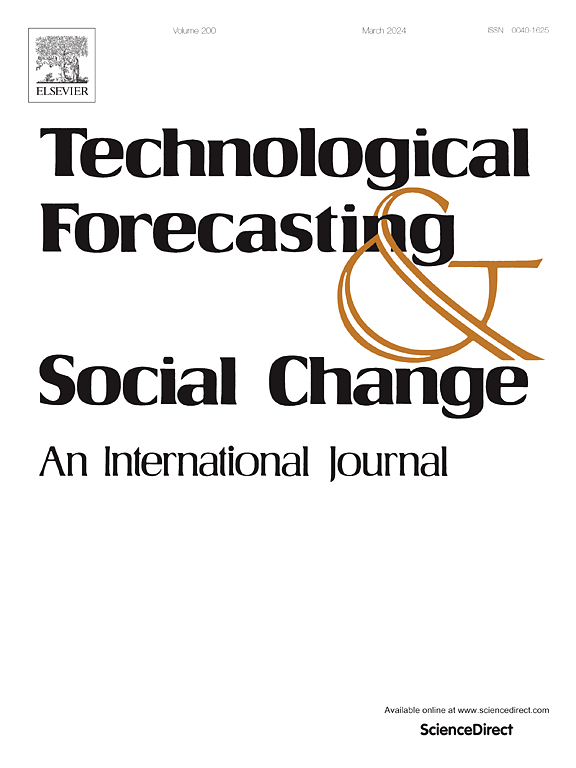Can digital technology break the financing dilemma of innovative SMEs? Based on the perspective of enterprise innovation
IF 12.9
1区 管理学
Q1 BUSINESS
Technological Forecasting and Social Change
Pub Date : 2025-02-21
DOI:10.1016/j.techfore.2025.124030
引用次数: 0
Abstract
Based on Signaling theory, this paper examines the mechanisms and effects of SMEs adopting digital technology to alleviate their own financing constraints from an innovation perspective. Empirical testing was conducted using data from enterprises in Zhongguancun, China, spanning the years 2014 to 2019. The study finds that the application of digital technology can effectively alleviate the financing constraints faced by enterprises. Additionally, the impact varies depending on the specific digital technology employed and the level of its adoption. The mechanism analysis reveals that enhancing innovation capability and integrating into innovation networks are crucial pathways through which digital technology alleviates financing constraints. Specifically, the application of digital technology improves firms' innovation capabilities, facilitates their integration into innovation networks, attracts external investment by effectively signaling high-quality attributes to the market, and thereby mitigates financing constraints. Further analysis of heterogeneity indicates that the alleviating effect of digital technology on financing constraints is more pronounced when entrepreneurs' cognitive abilities are stronger, when industry competition is intense, and when enterprise scale is larger. This paper provides an empirical foundation for addressing SMEs' financing dilemmas in the digital era and supports high-quality development of enterprises.
求助全文
约1分钟内获得全文
求助全文
来源期刊
CiteScore
21.30
自引率
10.80%
发文量
813
期刊介绍:
Technological Forecasting and Social Change is a prominent platform for individuals engaged in the methodology and application of technological forecasting and future studies as planning tools, exploring the interconnectedness of social, environmental, and technological factors.
In addition to serving as a key forum for these discussions, we offer numerous benefits for authors, including complimentary PDFs, a generous copyright policy, exclusive discounts on Elsevier publications, and more.

 求助内容:
求助内容: 应助结果提醒方式:
应助结果提醒方式:


